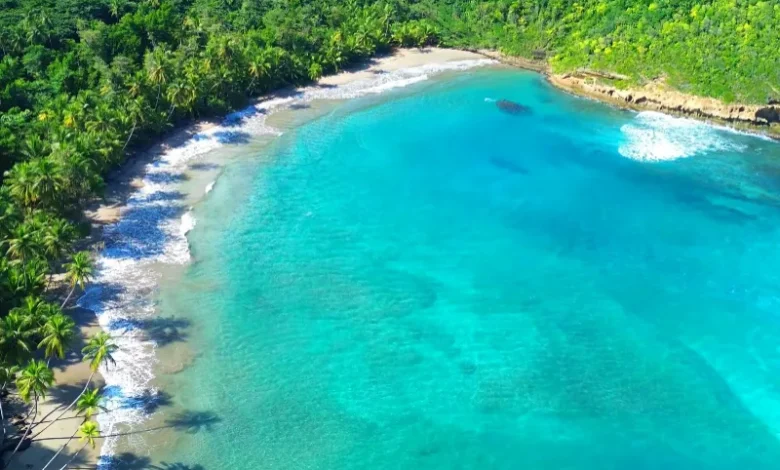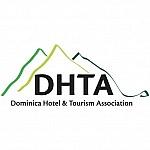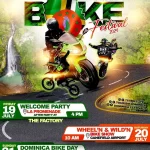Dominica: Isle of Adventure

Dominica: Isle of Adventure, authored by Dr. Lennox Honychurch, is a visually engaging and informative guidebook that captures the island’s vibrant ecology, history, and culture. Initially published in 1991, the book blends compelling photography with descriptive narratives, offering residents and visitors a comprehensive look at the natural and human-made marvels that define the island.
This publication is a practical travel companion and a cultural artefact—showcasing Dominica’s trails, waterfalls, marine environments, and historical landmarks in one authoritative and beautifully curated volume.
Exploring the Natural Beauty of Dominica
With his signature style of storytelling, Dr. Honychurch organizes the book into thematic chapters that follow the flow of the island’s topography—from the lush valleys and volcanic ridges to coastal bays and rivers.
Readers are taken on a journey through locations like:
- Boiling Lake and Valley of Desolation
- Trafalgar Falls
- Cabrits National Park
- Indian River
- Emerald Pool
- Hampstead Beach and Batibou Beach
- Morne Trois Pitons National Park
Each location is described with historical and ecological context, often linking to Dominica’s cultural traditions, Indigenous heritage, and colonial past.
Cultural Insights and Historical Reflections
The book also delves into Dominica’s communities, festivals, and traditions—highlighting elements like Creole architecture, Kalinago culture, and village life in places like Portsmouth, Laudat, Roseau, and Wotten Waven.
There are sections that offer glimpses into:
- Traditional fishing techniques.
- Carnival and cultural festivals.
- Folklore and storytelling practices
These cultural chapters are complemented by historical photographs and maps that Dr. Honychurch sourced from The Dominica Museum and his personal collections.
Impact and Legacy of the Publication
Upon its release, Dominica: Isle of Adventure became a foundational guide for eco-tourists and students, often sold alongside national maps at ports and airports like Douglas-Charles Airport. It has since become a collector’s item and continues to influence how the island is portrayed in travel literature and promotional campaigns.
The book reinforced Dominica’s positioning as the Nature Isle, supporting the rise of eco-tourism, birdwatching, canyoning, and hiking culture, especially with the later creation of the Waitukubuli National Trail.
It also supported national pride and public awareness during a pivotal era in the island’s development—bridging heritage, conservation, and adventure in a digestible format.




